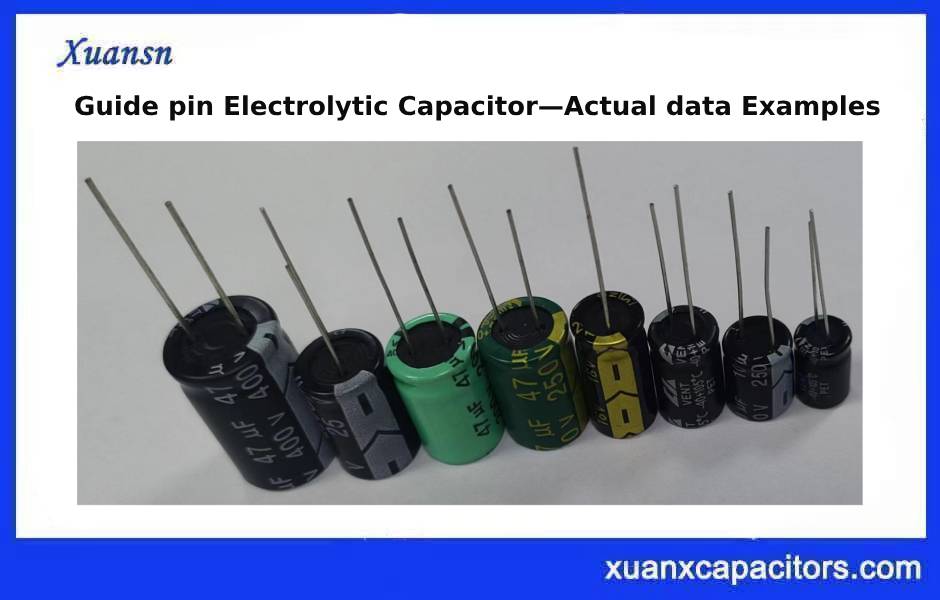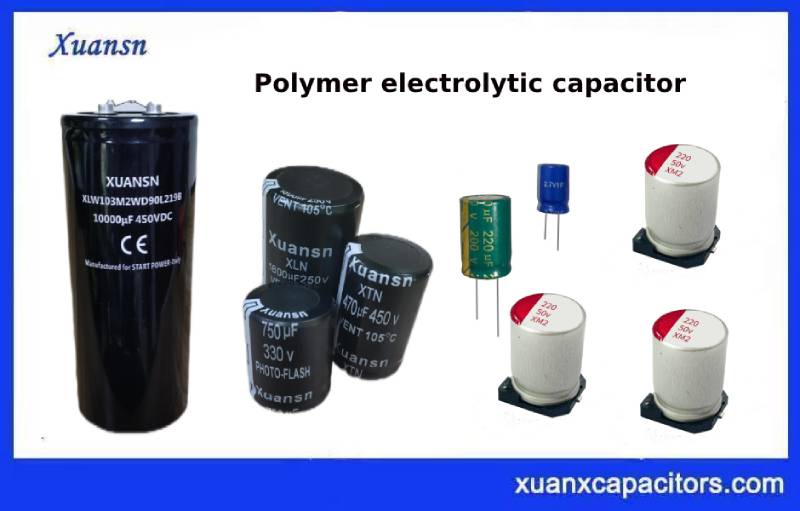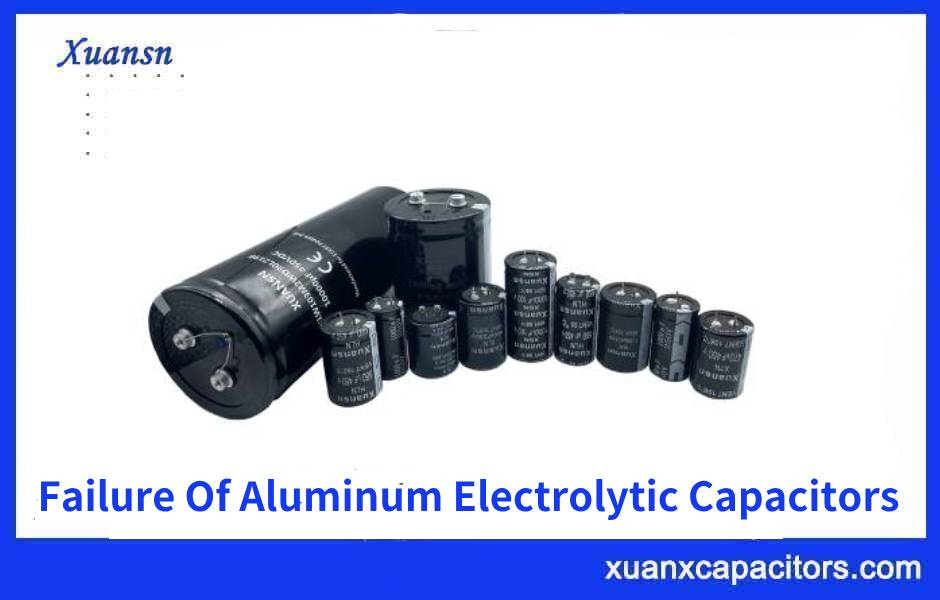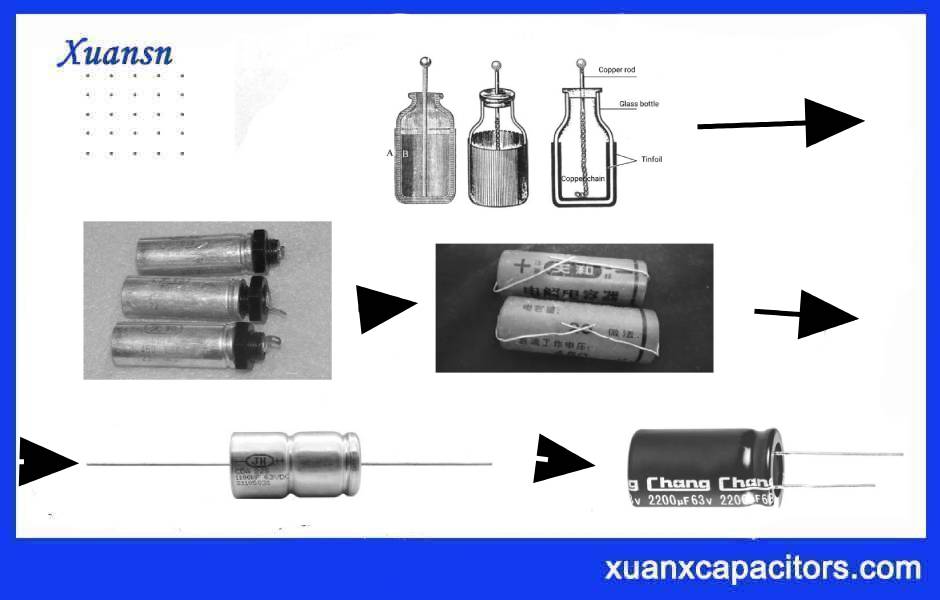Super capacitors can be made into super capacitor modules, which are suitable for high-capacity requirements. Reasons why supercapacitors become “super”:
1. The supercapacitor can be regarded as two non-reactive porous electrode plates suspended in the electrolyte. When electricity is applied to the plate, the positive plate attracts the negative ions in the electrolyte, and the negative plate attracts the positive ions, which actually form two capacitors. In the storage layer, the separated positive ions are near the negative plate, and the negative ions are near the positive plate.
2. The super capacitor stores energy in the separated charges. The larger the area used to store the charges, the denser the separated charges, and the greater the capacitance.
3. The area of a traditional capacitor is the area of the conductor plate. In order to obtain a larger capacity, the conductor material is rolled very long, and sometimes a special structure is used to increase its surface area. Traditional capacitors use insulating materials to separate its two-electrode plates, usually plastic film, paper, etc. These materials are usually required to be as thin as possible.
4. The area of the super capacitor is based on porous carbon material. The porous structure of the material allows its area to reach 2000m/g. Through some measures, a larger surface area can be achieved. Determined by the size of electrolyte ions. This distance (<10) is smaller than that achieved by traditional capacitor film materials.
5. The large surface area coupled with the very small charge separation distance makes the super capacitor have a surprisingly large electrostatic capacity compared to the traditional capacitor, which is also its “super”.




